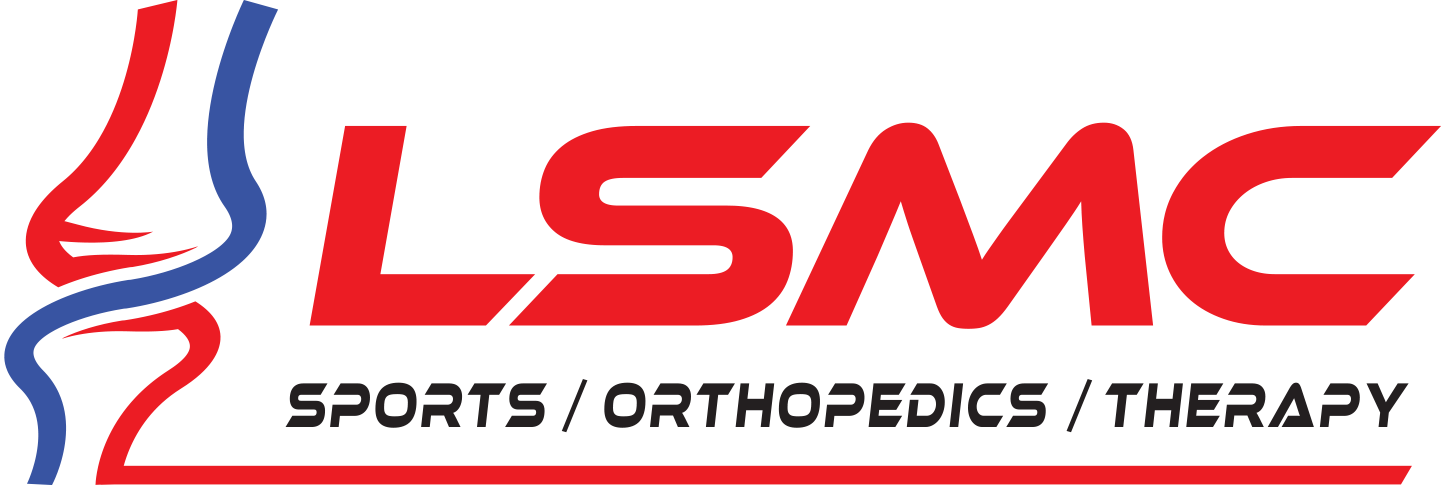Rehab for a Deltoid Injury
Your deltoid is the large layer of muscle that covers your shoulder. The deltoid is the first layer of muscle underneath your skin and helps you lift your arm over your head. Deltoid injuries include strains and tears of the muscle. You may feel only slight twinges of pain at the back of your shoulder or may not be able to lift your arm, depending on the grade of your injury. Proper rehabilitation for a deltoid injury can help you retain your range of motion and strength.
Rest
Rest, ice and heat are the initial steps to take to rehabilitate your deltoid muscles. Resting allows the muscle strain to heal, while ice reduces the inflammation and dulls your pain. Apply ice on a 15-minute on, 15-minute off schedule for the first day for grade 1 strains. Grade 1 strains are injuries that feel tight but do not produce pain or visible swelling of the shoulder area. Continue icing for several days for grade 2 and 3 strains. Strains of this severity will cause pain and hamper your mobility. Introduce heat to the shoulder muscles after the first 24 hours with a grade 1 injury and after 3 to 5 days for injuries classified as grades 2 or 3.
Stretching and Strengthening
Stretching and strengthening your deltoids can help you recover from an injury and prevent future strains. Stretching can begin as soon as you are pain free, and include the barbell stretch. Stand with your arms at your sides. Bring your arms up to shoulder height, keeping your elbows straight and arms out in front of you. Your body should form an inverted L. Use light weights or full water bottles for increased resistance. Lateral raises using a resistance band can strengthen your shoulder after a deltoid injury. Wrap one end of a resistance band around your left foot and hold the other end in your right hand to strengthen a right-hand deltoid injury — reverse the directions to strengthen your left deltoid. Start with your right hand down at your side with your elbow straight. Keeping your elbow straight, pull against the band as you extend your arm up and out from your body. Picture yourself imitating an airplane with your arm outstretched at your side. Your hand should be shoulder level. Slowly bring your arm back down to your side.
Massage
Sports massage may be a part of your rehab program. A sports massage, administered by a certified professional, keeps your muscles loose and limber and warms the injured tissues. Grade 1 deltoid injuries may be massaged after the first two days of rest and icing; more severe strains or tears may require up to a week’s healing time before massage is possible.
Ultrasound
Grade 3 deltoid injuries can benefit from more advanced rehab techniques, including ultrasound and electrical stimulation. These types of treatments must be performed by certified professionals and may include your athletic trainer or physical therapist. Ultrasound treatments send sound waves into the deltoid muscle; electrical stimulation provides the injured tissues a low-grade electrical current. Both of these treatments can reduce pain and inflammation.









